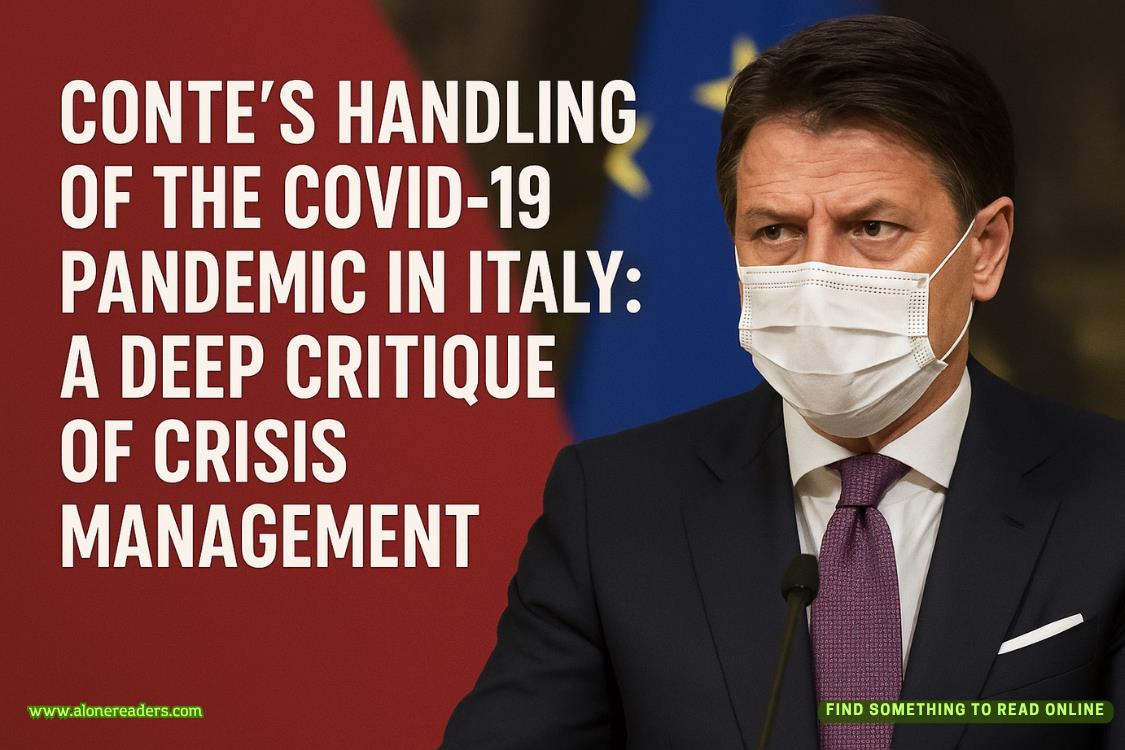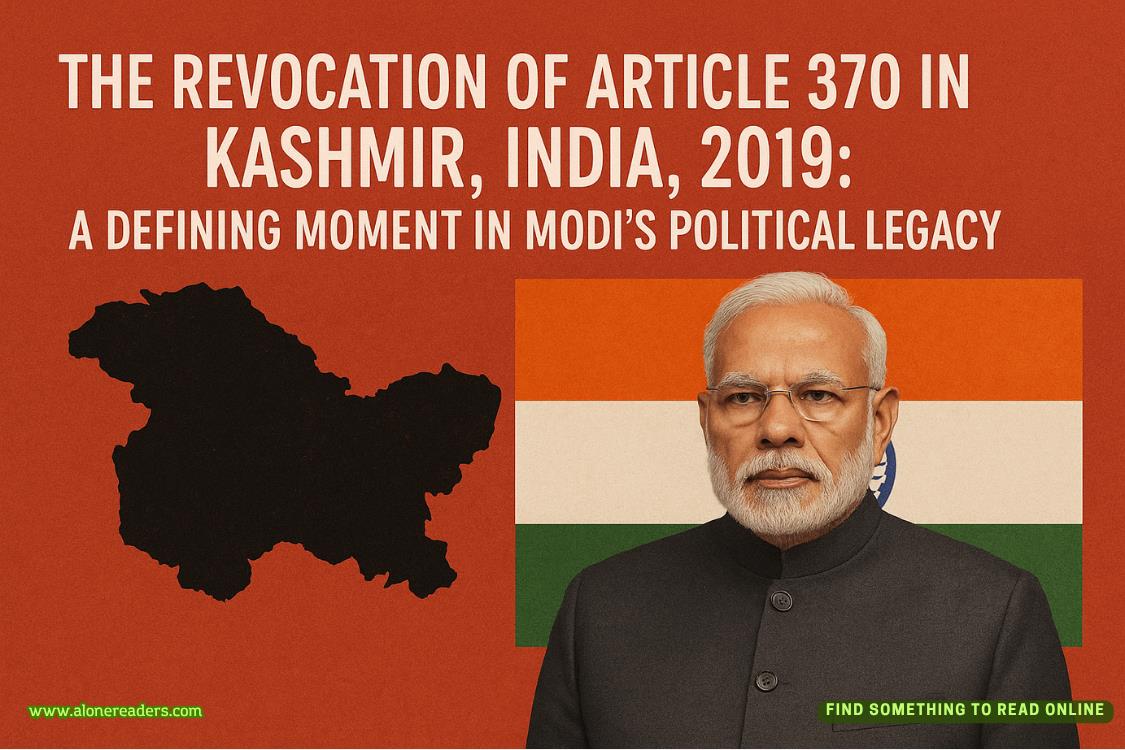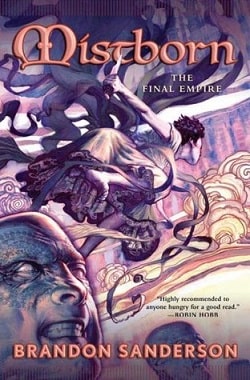Suddenly I am furious; the rage courses through me, a cleansing river. No. I will not allow this to happen. Emily is five years old. She has her whole life in front of her. She must. I clench my fists, open my mouth, but Greg gets there before me.
“Rachel, I really am sorry to have to tell you this.” He smiles at me, sorrowfully, and I believe he is sorry, of course he is, but it isn’t enough. He places his hands palm down, flat on his desk, next to Emily’s file. “I know it is particularly difficult in cases like these, where there are so few answers.”
“There are no answers.” I sound fierce, bitter, and I try to rein myself in. There’s no point antagonizing the one person who has the power over my daughter’s care. Her life.
“I know that’s been very frustrating for you.”
Frustrating? He makes it sound like a paper jam in a printer, a bit of morning traffic. I know he doesn’t mean it that way, Dr. Brown has been great, with has being the operative word, it seems. Past tense. Looking at his slumped shoulders and tired eyes, he is a far cry from the neurology expert with the firm handshake and purposeful stride who assured James and me that he was going to get to the bottom of this, two and a half years ago.
He was going to figure out why Emily was slurring her speech. Getting migraines, at only three years old. And later, when she started to stumble, and had seizures, and began to lose her vision, yes, he was going to get to the bottom of all of that, too.
But he didn’t. He failed, and I don’t blame him for that. How can I? There were so many tests, so many attempts at diagnosis. Brain scans and blood work, MRIs and mental and physical assessments, on and on and on, the cycle of fear and hope followed by more uncertainty, tempered by a treacherous relief. At least it’s not that. Neuroblastoma. Moyamoya disease. Metachromatic leukodystrophy. There are so many terrible and rare conditions out there, and Emily doesn’t have any of them. But no one knows what she does have.
Dr. Brown has done his best for Emily, I know that, and I don’t blame him for not being able to diagnose her condition, whatever it is. But I can blame him for being ready to stop trying. For giving my daughter up as a lost cause, when she has so much to fight for. To live for.
“Sometimes this happens,” Greg says. He’s said it before, but not in quite so final a tone. “Boston Children’s Hospital is one of the leading treatment and research centers for neurological conditions in the entire world. We have more resources and research at our disposal than just about anywhere else.” He spreads his hands out, a gesture of sorrowful defeat. “But we haven’t been able to diagnose Emily past SWAN, as you know.”
Of course I know. SWAN, Syndrome Without A Name. The non-answer, the endless question that constantly torments me even as it offers that treacherous sliver of hope. It’s impossible to explain the bizarre mixture of hope and fear you have, when there is no diagnosis. When there is no diagnosis, it could still be some weird virus, an infection no one caught that can be quickly cured. When there is no diagnosis, it could be the newly discovered fatal disease that only one in five million children get, and your child is the one that has it. And so I veer wildly from one to the other, one moment sure that Emily will wake up one day and smile at me—she has to—and the next half-expecting this to be her last. It’s overwhelming and exhausting, like living with an intense adrenalin rush and a body shot of Novocain all at the same time.
I take a deep breath. “But why stop trying to find out, since you don’t know?”
“Rachel, Emily has been in a state of unresponsive wakefulness for four months, with no visible improvement.” He shakes his head sadly. “As you know, from her recent MRI, her brain activity has been seen to be minimal for some time.”
“Forty percent is not minimal,” I flash back before I can stop myself. He sighs, a sound I hate. “So what are you saying?” My voice trembles. “It’s not worth trying to find out what she does have?”
“I’m saying I no longer believe Emily is a viable candidate for continued testing,” he says steadily. “I’m not giving up on her, Rachel, although I can understand why you think I am. If a new drug that I think would help Emily became available, I would put her forward for a clinical trial.”
“But you don’t think that’s likely.” I sound bitter.
“No,” he agrees heavily. “I’m sorry, but I don’t.”
I can’t believe it’s going to end like this, after years of searching for answers, desperate for a diagnosis. I held onto hope, for all that time. “Dr. Brown, please don’t do this.” My voice catches; I am begging. “Emily is only five.”
“I know.” He looks emotional, swallowing hard, but I am not moved. Not now. He might feel badly; he might go home tonight, raking a hand through his hair as he reaches for a beer. I had to let a patient go. It was tough. He can’t feel it the way I do, with every fiber of my being, every last wrung-out corner of my heart. Of course he can’t. I wouldn’t expect him to, and yet I want—I need—more than this.
“I and the rest of the team have done our absolute best by Emily,” he insists, a throb of feeling audible in his voice. “I promise you that. But her condition has only worsened since she first came here, and her consistent lack of progress suggests an irreversible decline in her mental and physical capabilities. The team agrees that the best thing for her now is to be referred to the pediatric palliative care unit.”
He takes a glossy brochure and pushes it across the desk towards me, but I jerk away, as if it is covered in spikes, hissing like a snake, “I don’t want a brochure.”
“I know you don’t,” he says quietly.
We wait, the silence heavy and oppressive. Dr. Brown’s hands are back flat on the table. I can’t think of him as Greg anymore now. I won’t. I take a deep breath, and it shudders through me. He registers the sound, the grief in it, and simply waits.
He must have had a thousand moments like this one. Pediatric neurology is not a happy field. Not a lot of positive outcomes on this ward. But this? Palliative care?
That’s for old people, surely. People with terminal cancer, people who have already lived their lives. Not Emily, who has hair like blonde cotton candy, who is only three and a half feet tall, who is five. Five. This is not right. I can’t let this happen.
But I don’t think I am being given a choice.
After another few seconds of silence I finally take the brochure. I flick through it, my mouth twisting cynically. Massage rooms and music therapy. Caring doctors with white coats and sympathetic smiles. Lots of couched language—family-centered, offering relief, based on need not prognosis. I hate it all. I put the brochure back down on the table.
“Surely there’s something more you can do.” There has to be. Because I know as soon as Emily leaves this ward, this place where things happens and tests are done and results are still a possibility, no matter how slight, her life might as well be over. Instead of medicine, I’ll need a miracle.
But maybe I needed that all along. Maybe Emily did. I can’t bear the thought.
“I’m truly sorry,” Dr. Brown says. “Really. I wish…” He stops, shaking his head. This is not the time for wishes.
“Is there really nothing else you can do?” I am caught between despondency and rage. “No tests… no scans…” I am grasping at flimsy straws, I know that. I see it in his face.















